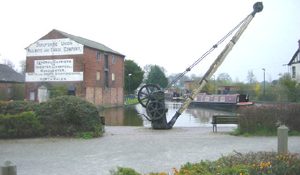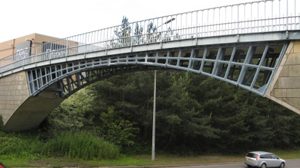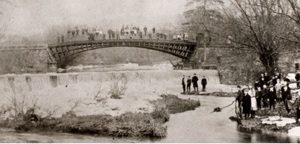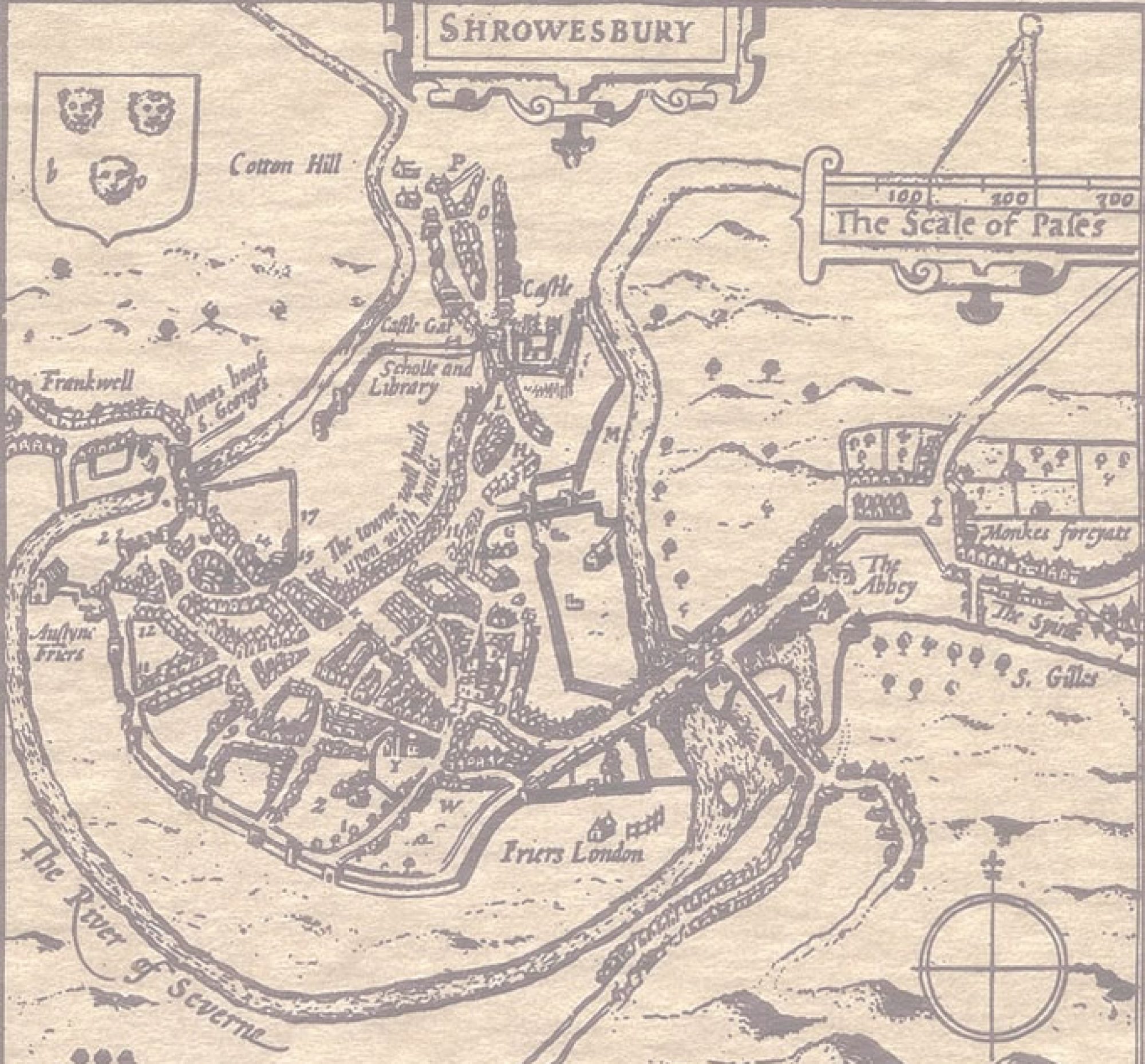The interesting photo and information about the old Meole Brace Bridge by David Trumper in the Shrewsbury Chronicle of 18th October 2012 reminded me of Thomas Stanton (1782-1846), whose name is remembered by Stanton Green, off Field Crescent in Harlescott, Shrewsbury.

Stanton was born in Shrewsbury, and from the age of 16 he was employed as an accounts clerk by Thomas Telford for the then newly-formed Ellesmere Canal Company. [footnote 1] Such was his proficiency that by 1805 he had been promoted to become General Accountant, adding the title of Agent the following year. It says much for his versatility that he also became Engineer to the Canal Company from 1811. This all seems a far cry from the training and experience of today’s engineers, but presumably he learned ‘on the job’, with Telford and the other experienced men as his mentors.
In addition to his work on the Ellesmere Canal, Telford had been County Surveyor for Shropshire since 1787, but from 1803 he was increasingly away from Shropshire and delegated the routine County work to others. In this way, from 1811, Stanton became effectively the County Surveyor, though he was supposed to work full time for the Canal Company! One of the main responsibilities of the County Surveyor was to build and maintain most of the numerous road bridges in the county, and it is estimated that Stanton was responsible for rebuilding around 60 small masonry bridges.
The bridge at Meole shown in David Trumper’s picture was, however, built of cast iron, perhaps because of the need for a single span to keep the road well clear of the river. Telford apparently drew a preliminary sketch plan, while Stanton provided the detailed drawings. [footnote 2] The ironwork was supplied by William Hazledine’s Coleham foundry just down the road. Stanton reused the same design on four more occasions, adjusting the length to suit the conditions. The only one still in its original place is that at Cantlop on the road to Pitchford, which is now looked after by English Heritage, and worth a visit (click here for more information).

A similar bridge once stood at Cound on the Bridgnorth road, but increasingly heavy traffic meant it had to be taken down in 1967. [footnote 3] Two of the ribs were preserved and given to Attingham Park, until someone had the bright idea of incorporating them into a pedestrian bridge over Hall Park Way, Telford Town Centre in 1988.

On New Year’s Day 1822 Thomas Stanton was urgently called out to make the long journey to Stokesay to view the wreckage of the bridge over the Ludlow Road that had been washed away in a flood. He immediately decided to replace it with a cast iron one of the same design as the others, though this time the ironwork was supplied by the Coalbrookdale Company. [footnote 4] In later years, the parapets were so frequently damaged by large vehicles that each section was numbered, with duplicate patterns at the Atlas Foundry in Shrewsbury. Repair consisted simply of the engineer ringing the foundry with the number of the section, which was then replaced!
Stanton’s tenure as de facto County Surveyor did not long survive Telford’s death in 1834, when Edward Haycock was appointed to the post. Stanton himself, though, continued his work with the Ellesmere Canal Company until shortly before his death.
Footnotes
[1] Biographical details are from Thomas Stanton by PSM Cross-Rudkin, in Skempton, A. and M. Chrimes (2002). A Biographical Dictionary of Civil Engineers in Great Britain and Ireland, Thomas Telford
[2] Gillian Glover, Thomas Telford’s Iron Bridges in Shropshire, CD, Shropshire Archives, 2007
[3] A Blackwall, Historic Bridge of Shropshire, Shropshire Books, 1985, p.48
[4] Blackwall, p.43
